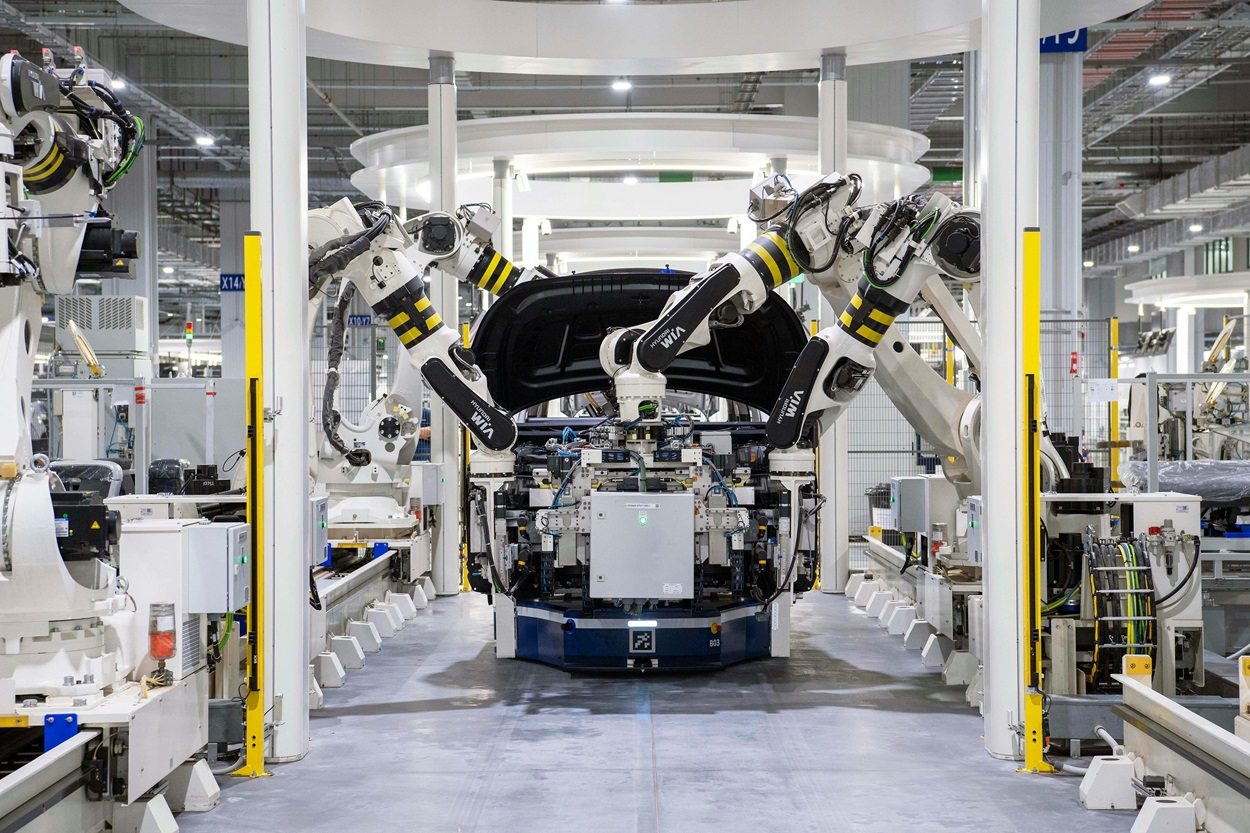Working efficiency and streamlined processes are the keys to success in modern business.
SharePoint, a collaborative platform integrated with Microsoft Office, is widely used by organisations to promote internal and external collaboration and manage documents and workflows. However, when combined with Power Automate, SharePoint transforms into a powerhouse for automating routine business processes. Below we explain how you can achieve effective workflow automation with SharePoint and Power Automate to reap significant benefits for your business.
The Power Duo: Workflow Automation With SharePoint and Power Automate
SharePoint offers a versatile set of tools for document management and team collaboration. Power Automate, on the other hand, is an application part of the Power Platform suite, that allows users to automate workflows between various Microsoft and third-party applications and platforms. The synergy between SharePoint and Power Automate allows you to design workflows that were once considered complex and time-consuming with ease and precision.
What Kinds Of Workflows Can You Create?
Managing Approval Flows
Approval processes are critical in ensuring that documents or items meet certain standards before they proceed to the next step. Power Automate seamlessly integrates with SharePoint to manage approvals.
The combination of these two platforms allows users to automate a multi-stage document approval process, send automatic reminders to project managers for project milestone approvals, fully automate SharePoint site or wider content approval, quality control and much more.
Working With Files And Lists
One of SharePoint’s key strengths is its ability to organise data into lists. Power Automate takes this a step further by enabling automatic manipulation of these items. For example, after a document is approved in SharePoint, Power Automate can automatically move it to a designated folder, or synchronise list items with additional databases like Dynamics 365.
Moving Away From Classic Workflows
For those already using SharePoint’s classic workflows, adopting Power Automate will unlock advanced capabilities and provide greater support. Microsoft is clear about its focus on Power Automate as the premier tool for automating workflows within SharePoint.

The Benefits of Workflow Automation With SharePoint and Power Automate
Efficiency And Time Management
Workflow automation with SharePoint and Power Automate eliminates repetitive tasks, reduces the potential for human error, and saves valuable time. It also frees up your team to focus on strategic activities rather than administrative tasks.
Enhanced Collaboration
These tools support team collaboration by keeping everyone on the same page. Automated workflows ensure that the right documents are routed to the right people at the right time, making collaboration seamless and intuitive.
Better Compliance And Accuracy
Automated workflows reduce the risk of compliance issues and enhance the accuracy of document management by standardising processes that were previously prone to errors.
Increased Productivity
With routine tasks automated, employees can concentrate on their core work without worrying about overseeing every step of the process. This leads to increased productivity and a faster turnaround for projects.
Scalability
As your business grows, so do your processes. SharePoint and Power Automate can scale with your business, handling an increasing number of tasks without the need to proportionally increase staff or resources.
Cost-Effectiveness
Streamlining and automating business processes lead to cost savings by optimising resource allocation and minimising time spent on manual tasks.
Versatility
The vast array of templates and customisable options available in Power Automate means that workflows can be tailored to meet the specific needs of any business.
Accessibility And Mobility
With cloud-based access, team members can view and manage workflows from anywhere, enhancing mobility and accessibility.
Integrating SharePoint With Power Automate
The integration process involves identifying the repetitive tasks within your organisation and using Power Automate to build customised workflows in SharePoint. The process usually starts with selecting a template or creating a flow from scratch that suits your specific business needs.
Identify Triggers
Determine what initiates the workflow, such as the creation of a document or a change in a list item.
Set Actions
Define what actions take place after the trigger, like sending a notification or updating a list item.
Test The Flow
Ensure that the workflow operates as intended by testing it with real scenarios.
Deploy
Once satisfied, implement the workflow across your organisation for full-scale use.
Monitor And Optimise
Regularly check the workflow's performance and fine-tune as necessary to meet evolving business requirements.
Using The Power Of Workflow Automation With SharePoint And Power Automate
Integrating SharePoint and Power Automate provides organisations with a solution that can handle complex workflows with ease, bringing about a digital transformation that doesn’t just focus on the technology involved, but more so on the way your people work. By automating workflows where possible, your organisation can operate more efficiently, with reduced errors and increased overall productivity, ensuring you stay ahead of the competition.
Akita has experienced SharePoint consultants and Power Platform development teams on hand to provide advanced solutions. Find out more about our SharePoint services:




